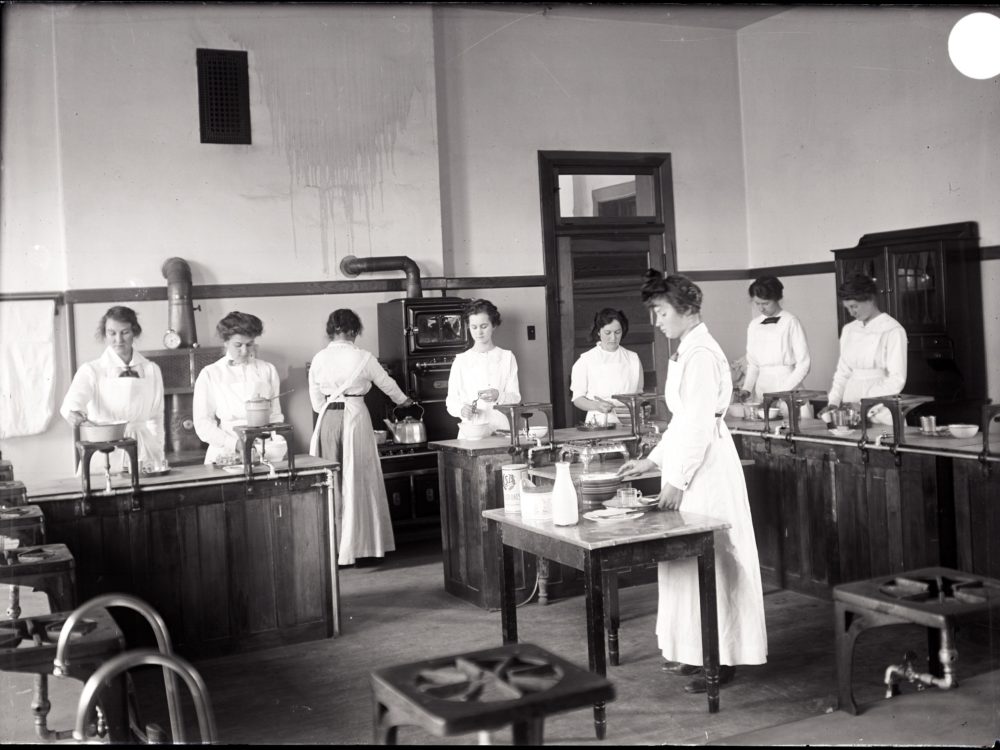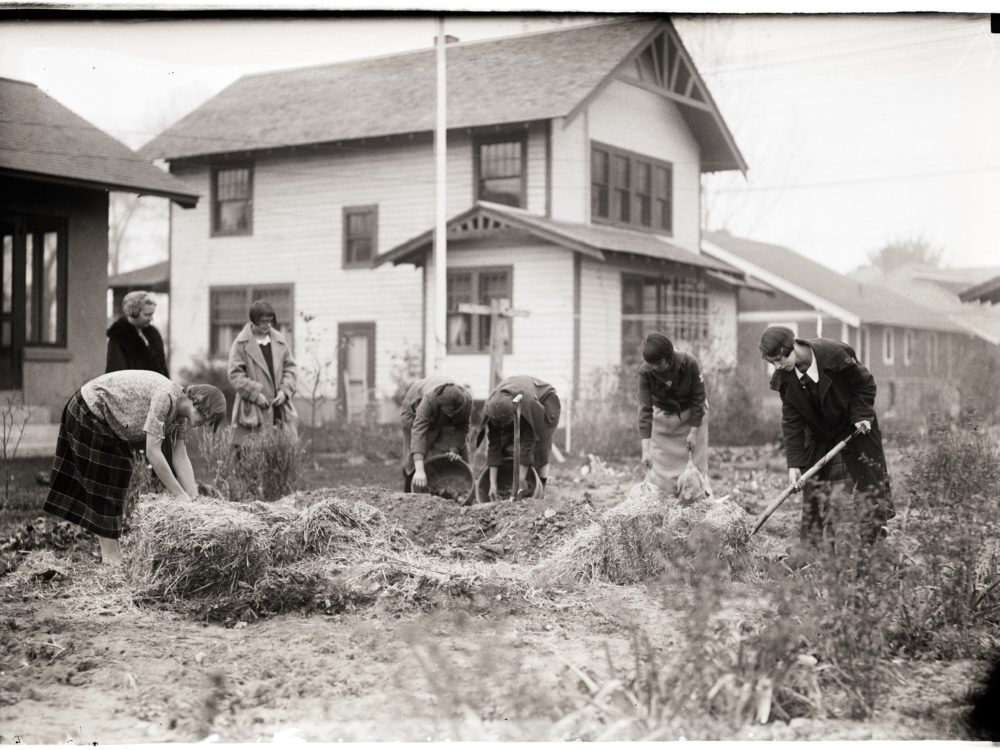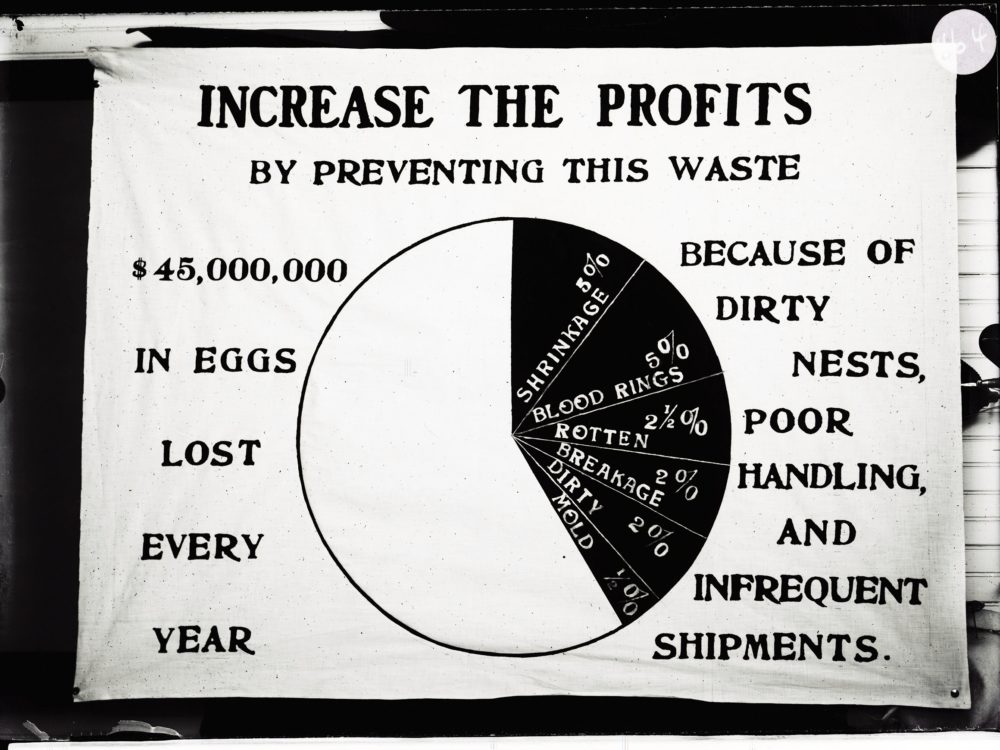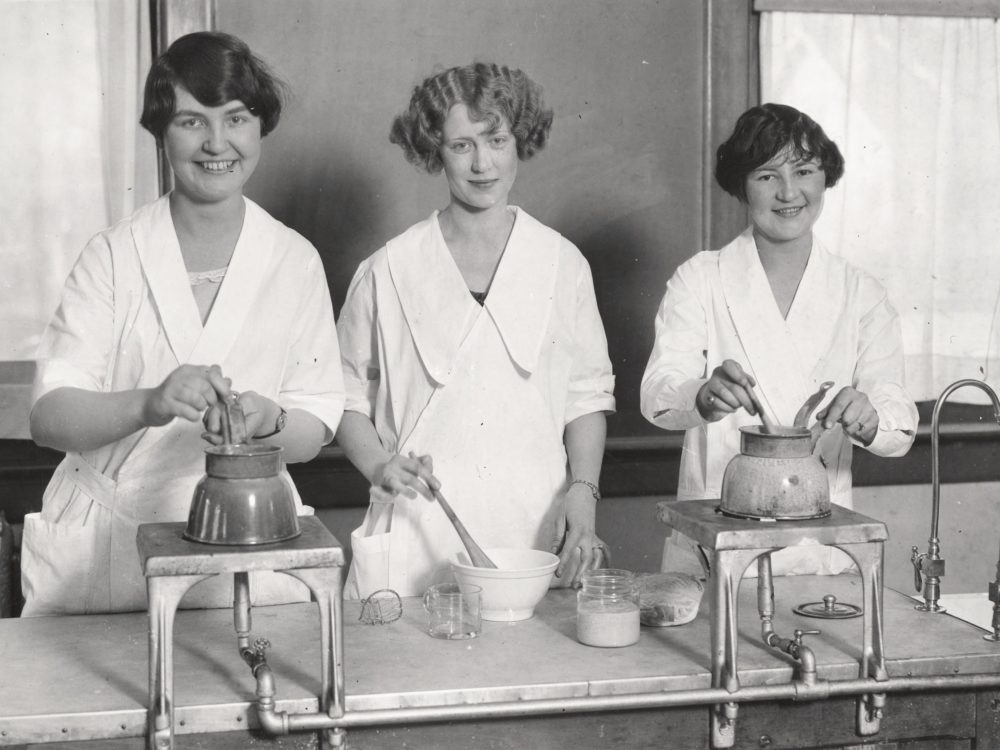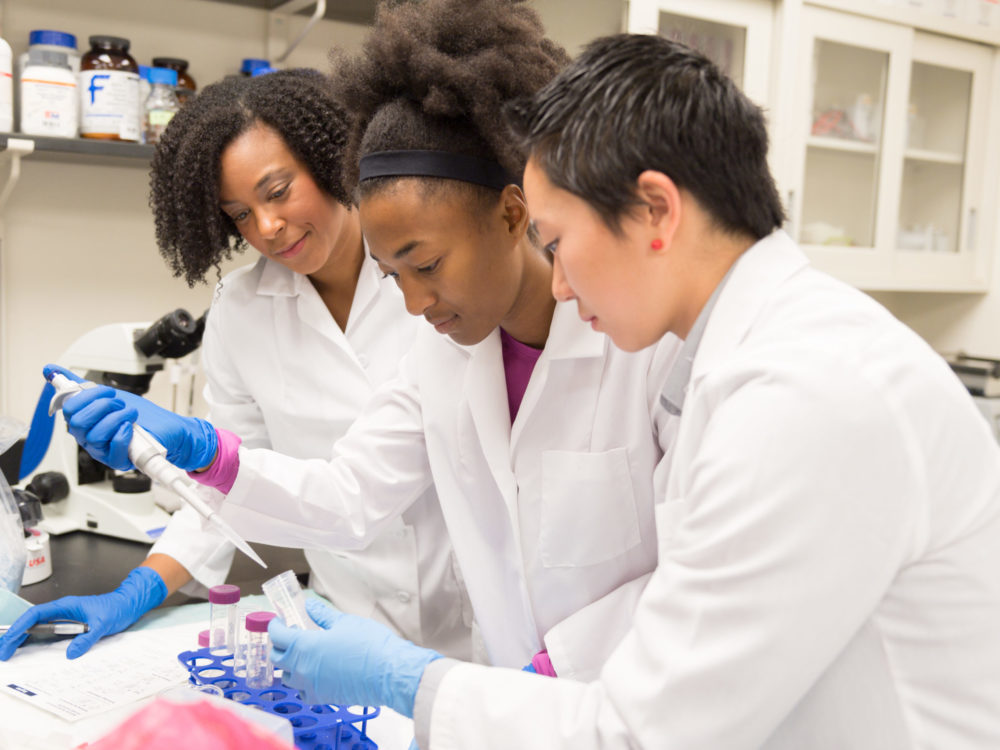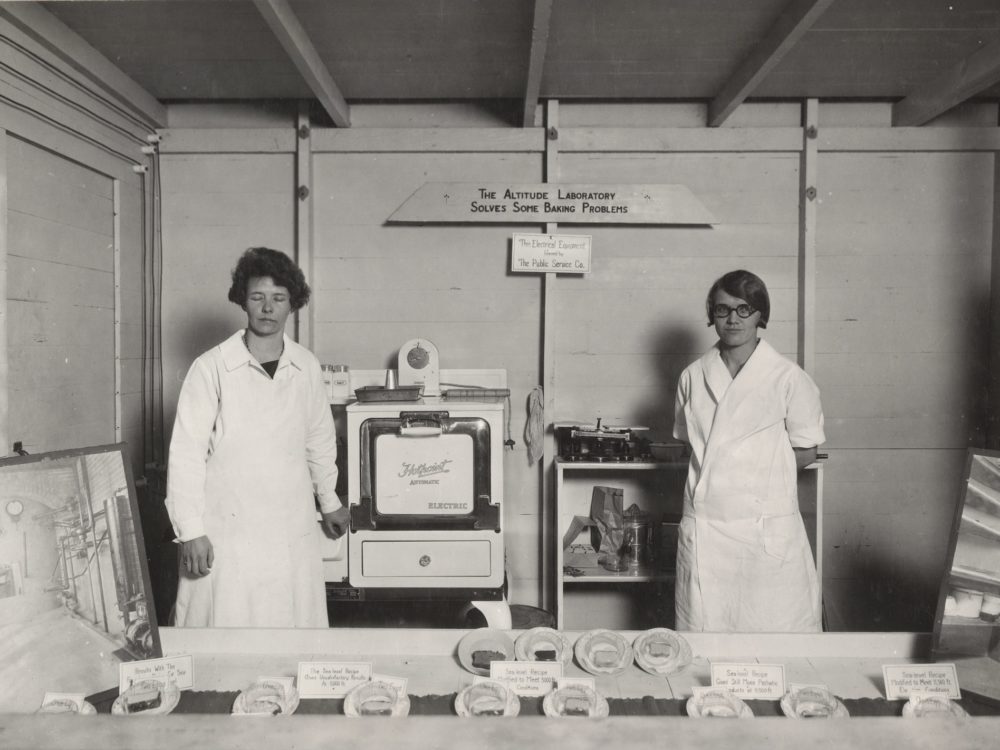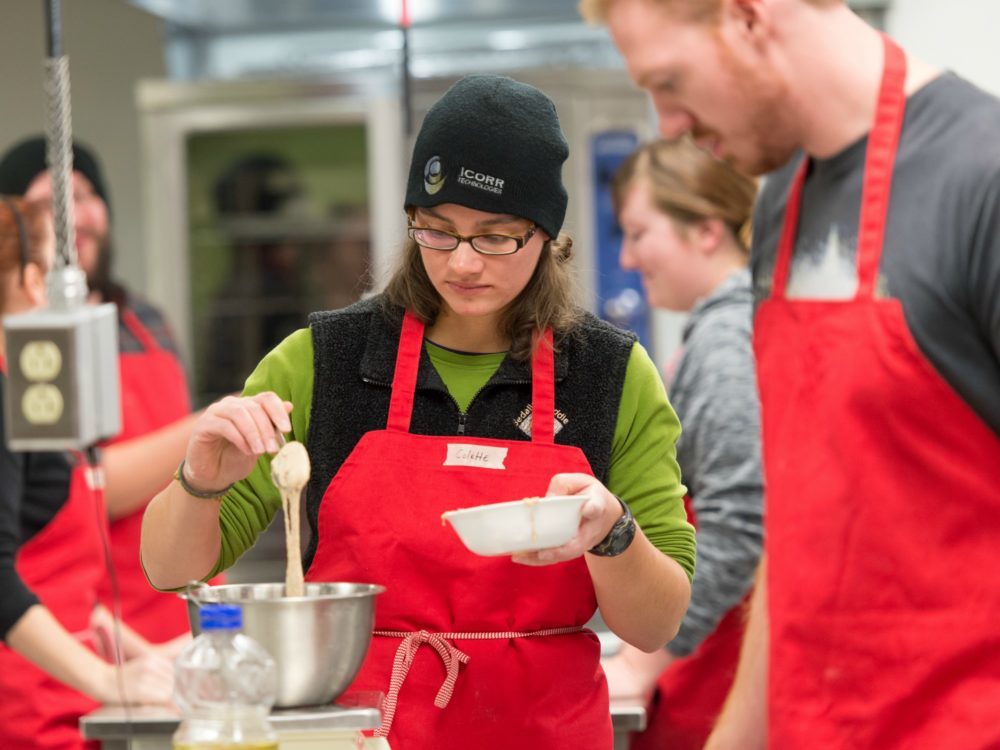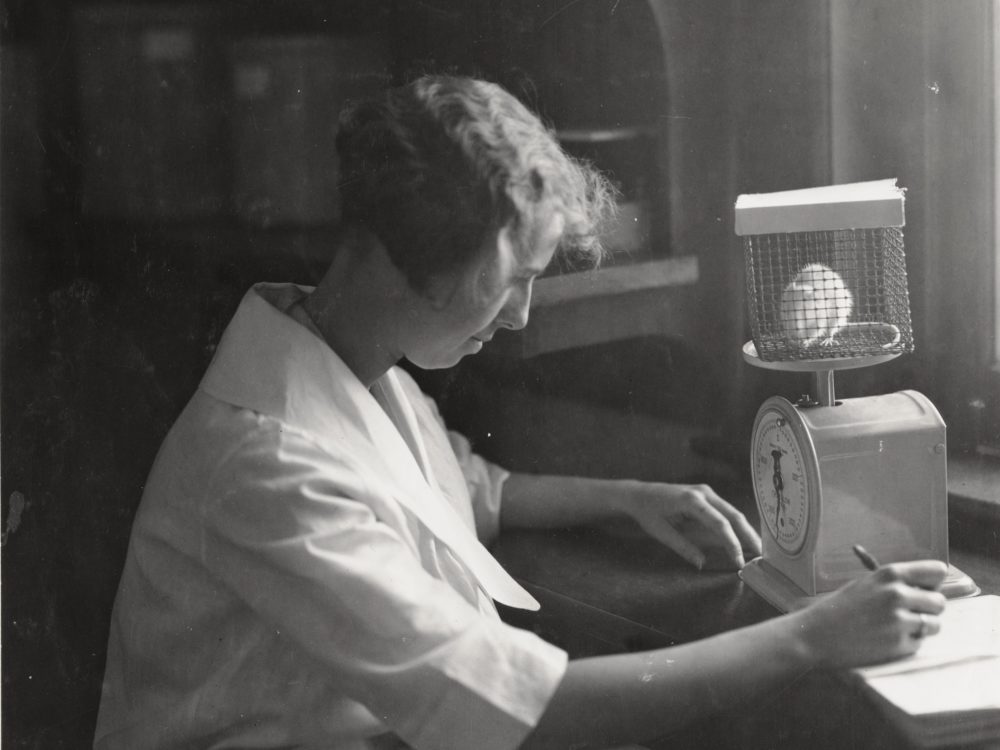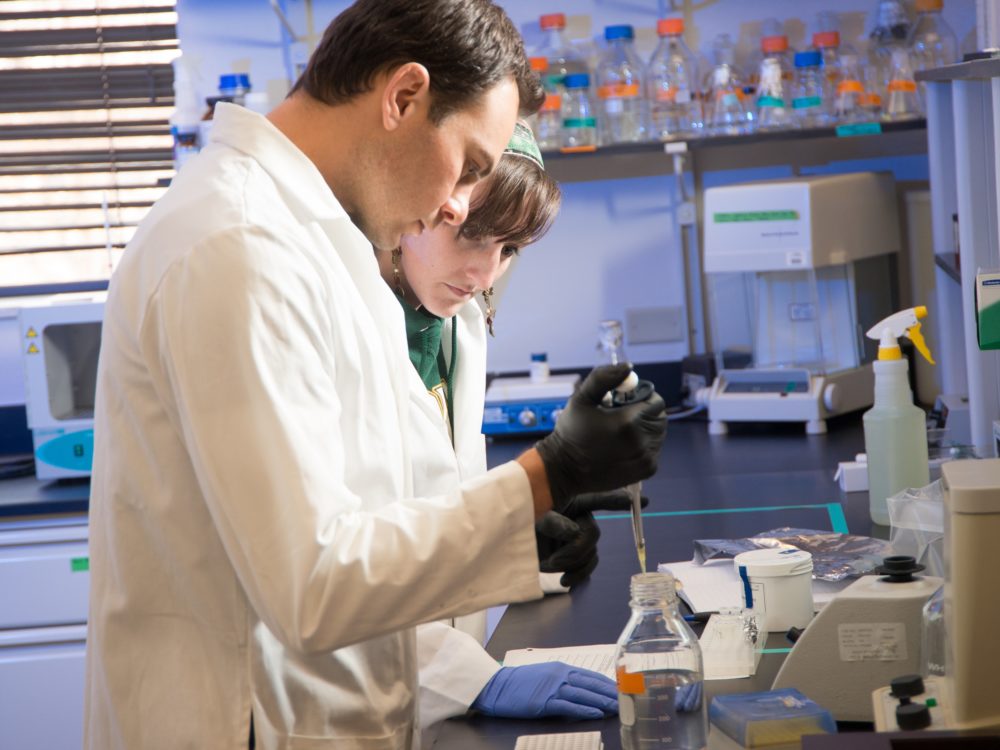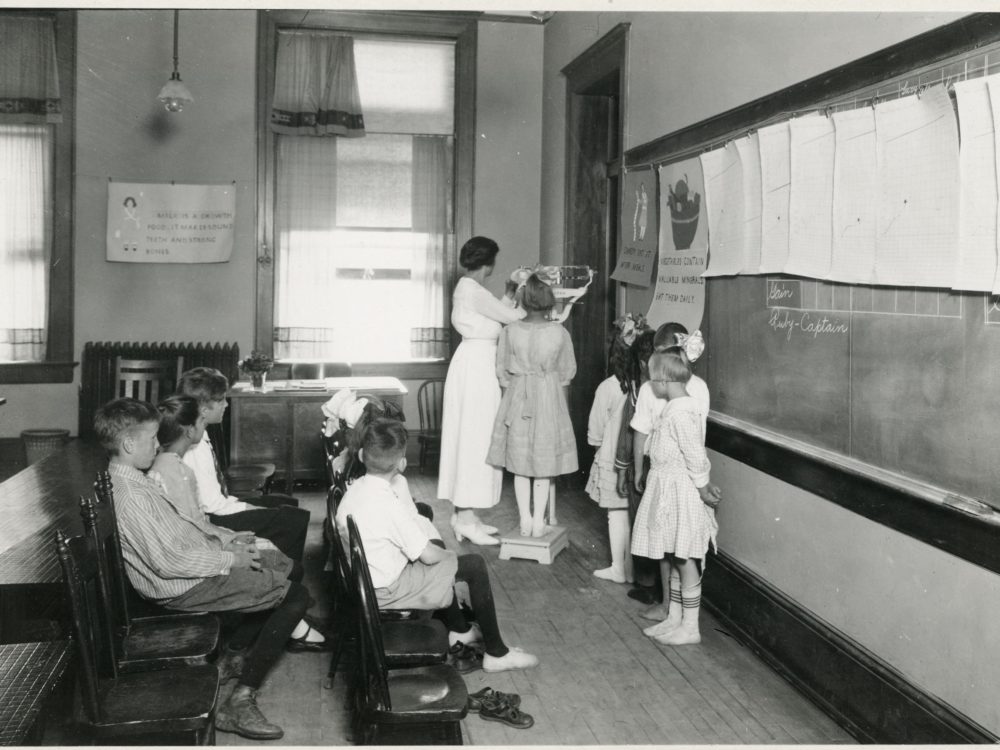What is the Food Science and Human Nutrition Department's Story?
Our story began in 1894 as part of the home economics department on campus. The purpose of a home economics program was to help society develop processes for progress in the areas of cooking, laundry, sewing, housecleaning, household budgeting, care of the sick, and sanitation. By definition, home economics was “the art and science of home management.” The different study areas included cooking, child development, home management, sewing and textiles, budgeting, as well as health and hygiene. These courses were considered “domestic sciences.” The goal was to study the relationships between individuals, families, communities, and the environment in which we live. Below we have highlighted a few pieces of our history.



